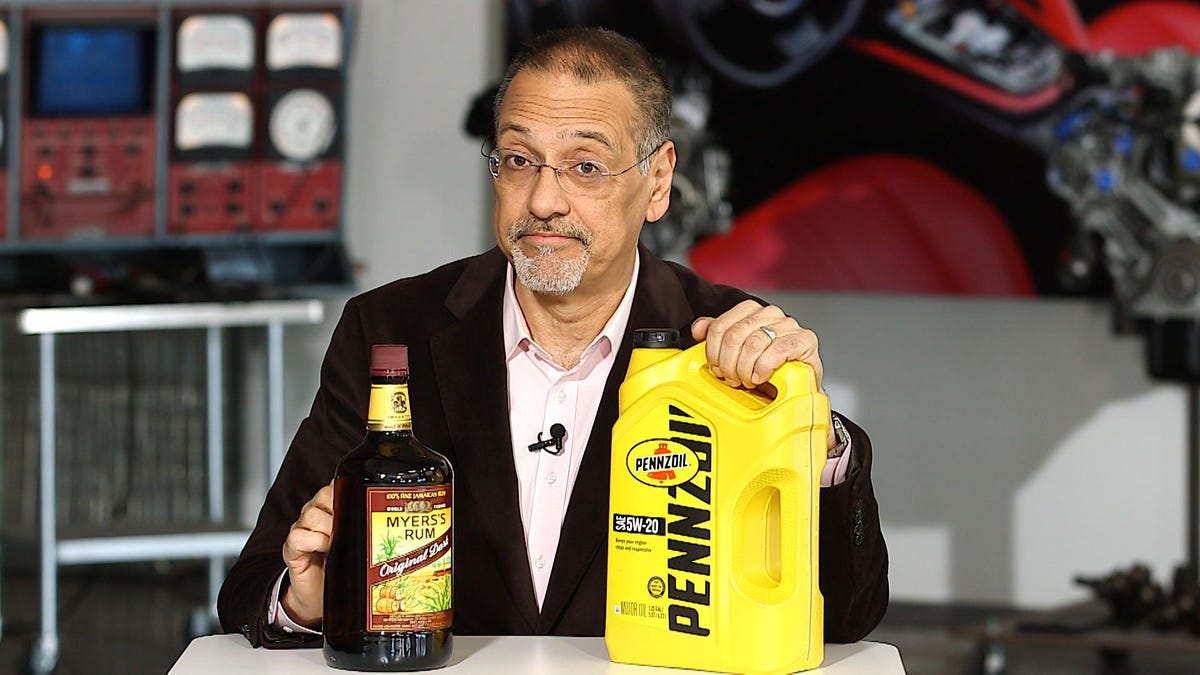New tech and laws to shut down DUI
Lowered legal blood-alcohol levels and new ways to detect them may end driving's worst problem.

For all the dramatic improvements made in road safety, drunk driving still kills people like it's yesteryear. Over 10,000 people die in DUI crashes annually in the US, accounting for about 30 percent of all traffic deaths and roughly equal to a year of gun homicides. 1.1 million people get busted for DUIs each year, but that's believed to be only about 1 percent of the people who driving drunk.
So it should come as little surprise that the National Academies of Sciences recently released a major report that recommends dropping the DUI blood alcohol (BAC) level from .08 percent to .05 percent. Utah's almost there with a .05 percent standard going into effect at the end of 2018. But technology may soon play a major role in what would otherwise just be a lowering of the bar in a game of impairment limbo.
Colorado did a pioneering study in 2016 that deployed alcohol-detection wristbands and a related app to 225 drivers. 79 percent of the test group said they might have driven impaired before having the band, but that dropped to 12 percent after being exposed to the awareness it created.
A more active strategy is the federally sponsored Driver Alcohol Detection System for Safety (DADSS) which is motivating the tech industry to come up with an alcohol-detecting ignition lock. The goal is a lock that is both foolproof and passive enough that it could take its place alongside factory-installed safety tech like lane-departure warning, rather than lurking in the stigmatized world of court-ordered aftermarket interlocks.
Most DADSS prototypes work to sense alcohol in the cabin air around the driver, or via skin detection through a sensor in the car's shift lever or push button starter.
But in between hardware and software lies wetware: You. McLean Hospital Behavioral Research Laboratory at Harvard Medical School is working on how to detect alcohol in the car without being thrown off (in either direction) by body type, age, ethnicity, whether you hammered a couple back at last call or were scarfing bar snacks while drinking moderately all night.
Another factor is the American Beverage Institute, the lobby for the bar and restaurant industry. It opposes court-ordered alcohol interlocks in cars for first-time offenders below a 0.15 BAC, saying the technology should be limited to repeat offenders or those with very high levels of intoxication on first offense. It also takes a dim view of the prospect of all new cars coming with alcohol detection one day.
If in-car alcohol detection becomes common, the biggest hurdle of all may be calibration: Set the BAC level at zero for the car to start and you may have just put a few hundred thousand bars and restaurants out of business. But set it at a more "reasonable" .03 or .04 and you just codified drinking and driving. As is often the case with new technologies, being able to widely quantify something for the first time brings its own set of thorny issues.

